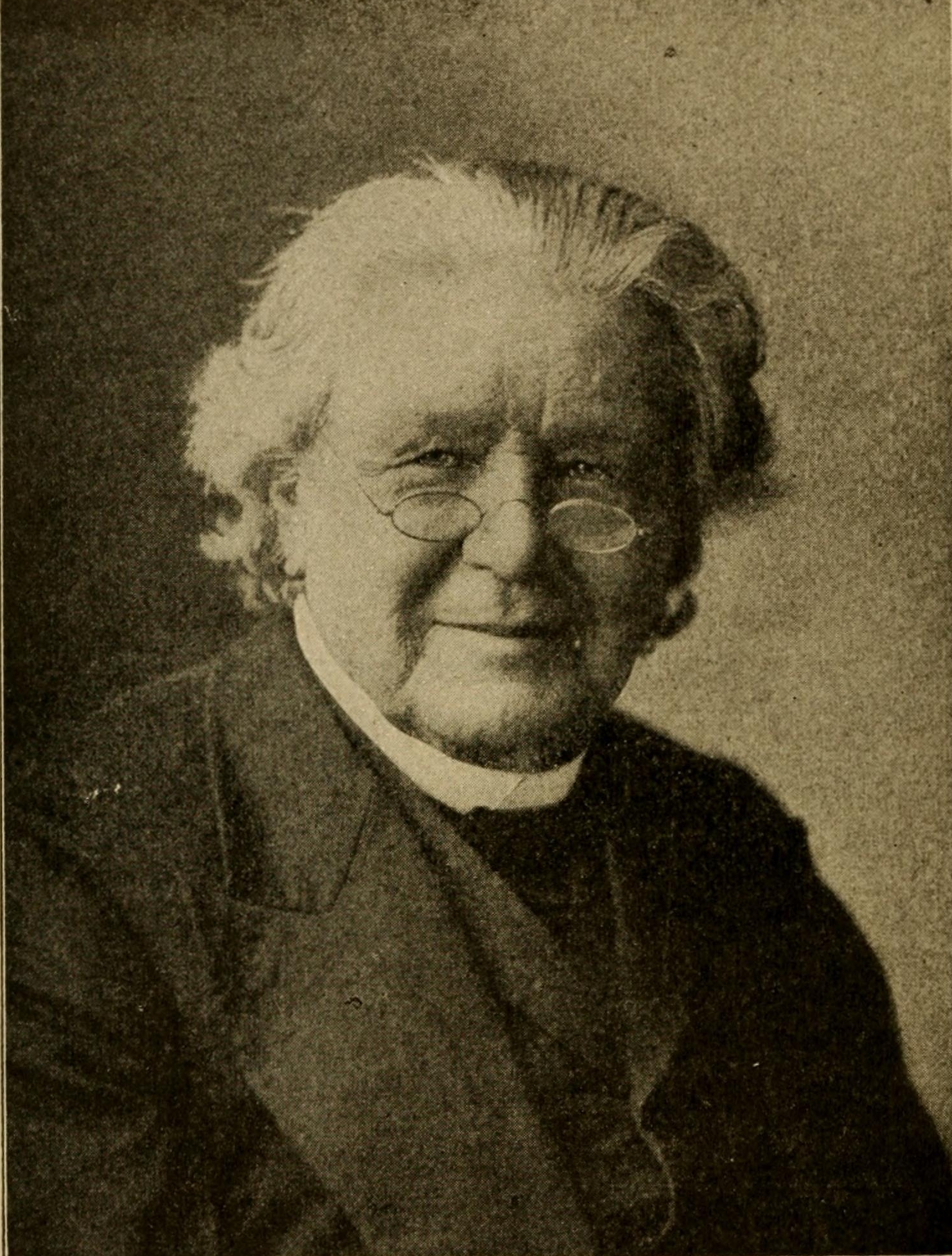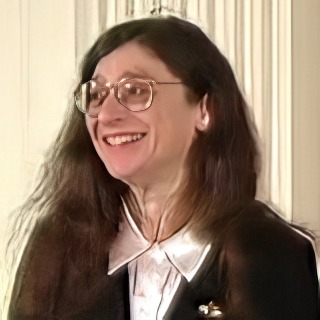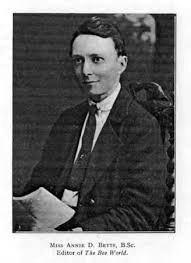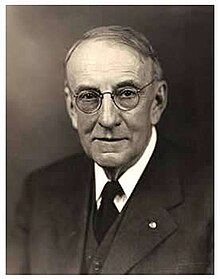
Honey is a sweet and viscous substance made by several bees, the best-known of which are honey bees. Honey is made and stored to nourish bee colonies. Bees produce honey by gathering and then refining the sugary secretions of plants or the secretions of other insects, like the honeydew of aphids. This refinement takes place both within individual bees, through regurgitation and enzymatic activity, as well as during storage in the hive, through water evaporation that concentrates the honey's sugars until it is thick and viscous.

A beehive is an enclosed structure in which some honey bee species of the subgenus Apis live and raise their young. Though the word beehive is commonly used to describe the nest of any bee colony, scientific and professional literature distinguishes nest from hive. Nest is used to discuss colonies that house themselves in natural or artificial cavities or are hanging and exposed. Hive is used to describe an artificial/man-made structure to house a honey bee nest. Several species of Apis live in colonies, but for honey production the western honey bee and the eastern honey bee are the main species kept in hives.

Beekeeping is the maintenance of bee colonies, commonly in man-made beehives. Honey bees in the genus Apis are the most-commonly-kept species but other honey-producing bees such as Melipona stingless bees are also kept. Beekeepers keep bees to collect honey and other products of the hive: beeswax, propolis, bee pollen, and royal jelly. Pollination of crops, raising queens, and production of package bees for sale are other sources of beekeeping income. Bee hives are kept in an apiary or "bee yard".

An apiary is a location where beehives of honey bees are kept. Apiaries come in many sizes and can be rural or urban depending on the honey production operation. Furthermore, an apiary may refer to a hobbyist's hives or those used for commercial or educational usage. It can also be a wall-less, roofed structure, similar to a gazebo which houses hives, or an enclosed structure with an opening that directs the flight path of the bees.

Roger A. Morse, Ph.D. was an American bee biologist who taught many beekeepers both the rudiments and the finer practices, through his research and publications. During his long career, three new parasites of the honeybee, acarine mite, varroa mite and African small hive beetle were introduced to the United States. These, along with the Africanized honeybee and pesticide kills were all important beekeeping issues. Morse was extensively involved in research on each of these and provided guidance to the beekeeping industry.

The Caucasian honey bee is a subspecies of the western honey bee.
This page is a glossary of beekeeping.

Rev. Lorenzo Lorraine Langstroth was an American apiarist, clergyman, and teacher, and considered to be the father of American beekeeping. He created the modern day Langstroth hive.

Charles Dadant was a French-American beekeeper. Along with Petro Prokopovych, Dadant is considered one of the founding fathers of modern beekeeping.

A bee smoker is a device used in beekeeping to calm honey bees. It is designed to generate smoke from the smoldering of various fuels, hence the name. It is commonly designed as a stainless steel cylinder with a lid that narrows to a gap with a half inch diameter. The base of the cylinder has another small opening that is adjacent to a bellow nozzle. Pumping of the bellows forces air through the bottom opening. The cylinder also commonly has a wire frame around it acting as a structure the user can grab without risk of burning their hand. Some smokers have a hook on the side allowing the user to hang the whole instrument on the side of a hive for easy access during an inspection or attach it to an ALICE belt when not in use.

Moses Quinby was an American beekeeper from the State of New York. He is remembered as the father of practical beekeeping and the father of commercial beekeeping in America. He is best known as the inventor of the bee smoker with bellows. He was the author of numerous articles and several books on beekeeping.

May Roberta Berenbaum is an American entomologist whose research focuses on the chemical interactions between herbivorous insects and their host plants, and the implications of these interactions on the organization of natural communities and the evolution of species. She is particularly interested in nectar, plant phytochemicals, honey and bees, and her research has important implications for beekeeping.
The Core Historical Literature of Agriculture (CHLA) is the name of both a digital preservation project and the resulting digital library which began at Cornell University's Albert R. Mann Library in 1994. It is notable as an early digital library and, unlike later book digitization projects by Google and Microsoft, where the focus is mainly on the wholesale scanning of massive numbers of titles, its collection follows a scholarly selection methodology with a specific subject focus. Although CHLA is a much smaller collection than that of Google Books Library Project, for example, all of its titles are considered academically and historically important, and all texts in CHLA are freely accessible.

Commercial Beekeeping in the United States dates back to the 1860s.
Beekeeping in the United Kingdom is the maintenance of bee colonies by humans within the United Kingdom. It is a significant commercial activity that provides those involved with honey, beeswax, royal jelly, queen bees, propolis, flower pollen and bee pollen. Honeybees also provide pollination services to orchards and a variety of seed crops.

The Apiary Laboratory, more often referred to as the Apiary, is a research laboratory at the University of Massachusetts Amherst. Originally built for the study of honey bees and apiculture, today it is primarily used to study native pollinator species and the chemicals and pathogens impacting their populations. This academic building is unique in that it is credited as being the first in the United States to be erected exclusively for the teaching of beekeeping.
Lee Henderson Watkins (1908–1972) was born in 1908. He was an amateur apiculturist and anthropologist, member of the AAA, president of the Alameda County Beekeepers' Association (ACBA) from 1949–1951, and eventually emeritus apiarist of the University of California, Davis.

Ahmed Zaki Abu Shadi was an Egyptian Romantic poet, publisher, medical doctor, bacteriologist and bee scientist.

Freiderich August Bechly was a German-American bee researcher, apiologist, and farmer.

Annie Dorothy Betts was a British apiculturist, bee disease expert, author and editor. She made scientifically significant observations on honeybees, wrote books on apiculture, and edited the journal Bee World.















